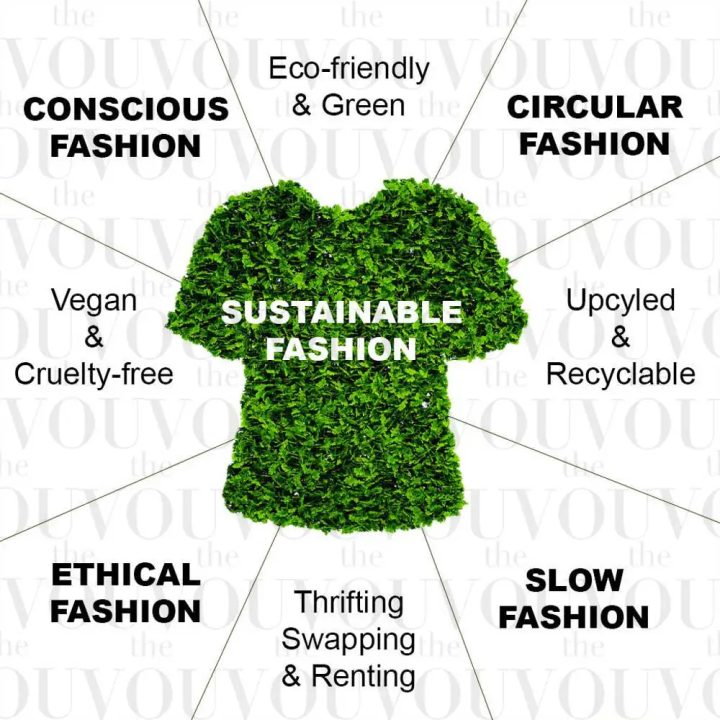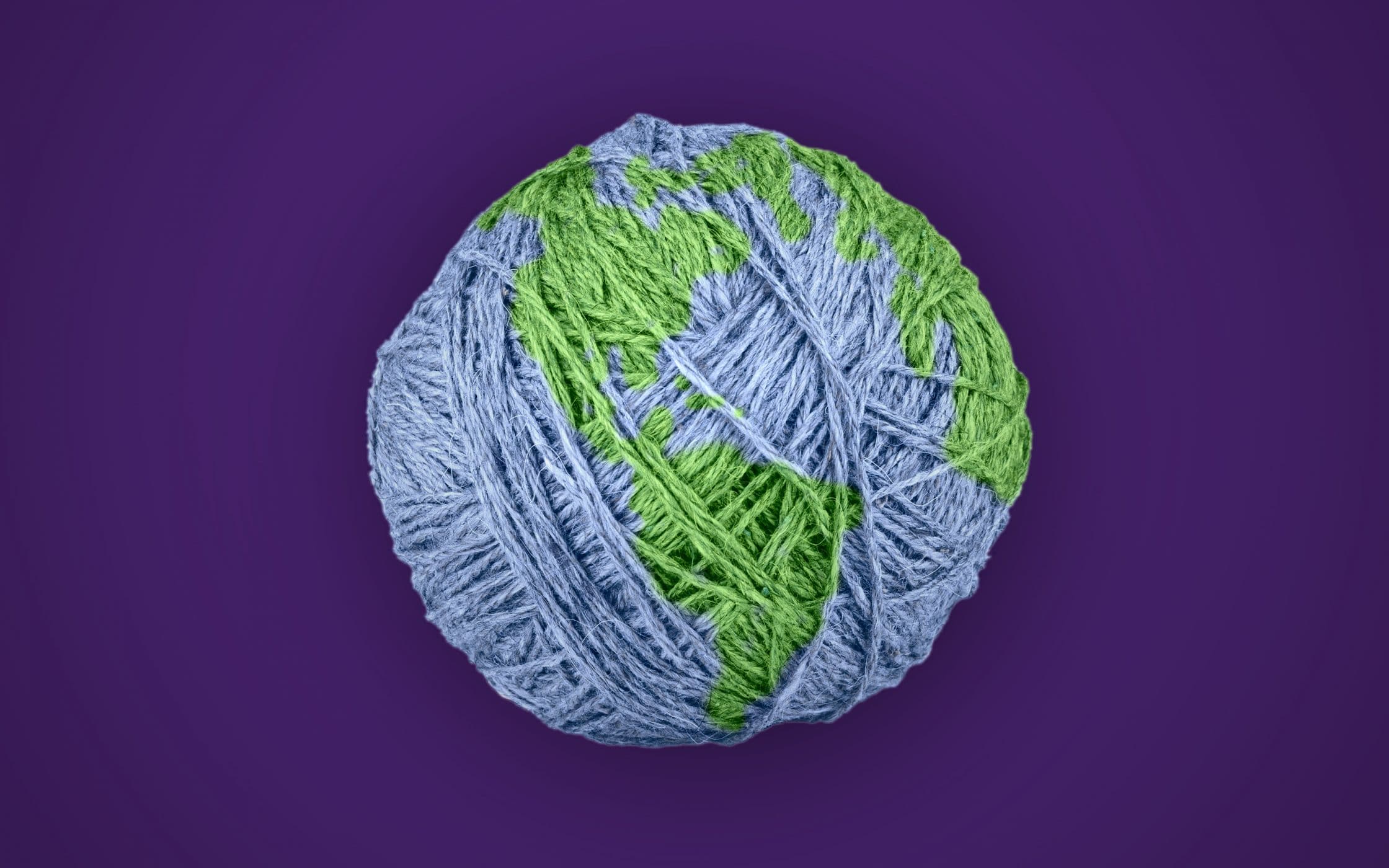Sustaining Neighborhood Cape Town Sustainable Fashion for a Greener Future
Sustaining Neighborhood Cape Town Sustainable Fashion for a Greener Future
Blog Article
Keep Ahead of the Contour by Checking Out Cutting-edge Fashion Fads
In an industry as dynamic as fashion, staying in advance entails more than just following existing trends-- it requires an expedition of technology. Smart textiles, as an example, are transforming garments into functional masterpieces, while 3D printing is revolutionizing layout processes with its customizable, waste-reducing capabilities. As sustainability ends up being a keystone, advancements like environmentally friendly products and circular fashion practices are reshaping environmental duty - Cape Town Sustainable Fashion. Moreover, the merging of modern technology and style declares a brand-new age of customer engagement. Just how, then, can these emerging fads redefine the future of style, and what ramifications do they hold for brands looking for to prosper in this progressing landscape?

Accepting Smart Textiles
Recently, the fashion business has seen a transformative change with the combination of smart fabrics, a cutting-edge advancement that mixes modern technology with fabric. This development represents not just a fusion of looks and functionality however additionally a significant leap in the direction of sustainability and personalization in vogue. Smart textiles, additionally recognized as e-textiles, embed advanced electronics such as sensors and conductive strings within the material, allowing garments to connect with the environment or the wearer.
These textiles are developed to monitor physical criteria, such as heart rate or body temperature level, offering real-time health analytics. Beyond health and wellness applications, clever fabrics are also being made use of for flexible garments, which can change shade or pattern in feedback to environmental stimuli, hence using a dynamic fashion experience.
Furthermore, the growth of energy-harvesting textiles that produce power from motion or sunshine is leading the way for self-sufficient wearable innovation. This advancement is interesting eco mindful customers and designers intending to decrease the ecological impact of style. As study and development in this area breakthrough, wise fabrics are expected to end up being progressively widespread, reshaping the landscape of modern-day style with their multifunctional abilities.
The Rise of 3D Printing
Changing the manufacturing landscape, 3D printing has become a game-changer in the fashion business. This advanced technology has actually enabled designers to push the limits of creative thinking, generating detailed and tailored garments that were previously unthinkable. By leveraging digital design and additive manufacturing, 3D printing promotes the production of complex geometries and patterns, permitting designers to try out new textures and frameworks.
A significant advantage of 3D printing in vogue is its ability to generate on-demand, reducing waste and lowering supply needs. This effectiveness not only maximizes production processes yet additionally permits for quick prototyping, making it possible for developers to bring their visions to life in a shorter timeframe. Moreover, 3D printing supports personalization to a degree unrivaled by traditional approaches, providing customized fits and one-of-a-kind layouts tailored to individual customer preferences.
The increase of 3D printing has actually additionally equalized style, making it easily accessible to arising developers who can now make high-grade items without considerable economic investment in typical manufacturing facilities. As technology remains to advance, the fashion business is positioned to harness the full capacity of 3D printing, exploring new products and strategies that will unquestionably redefine just how site fashion is developed and produced.
Sustainable Fashion Advancements
As the garment industry faces journalism demand for environmental obligation, lasting style technologies have actually emerged at the forefront of transformative adjustment. The growing recognition of eco-friendly effect has fueled a change in the direction of even more eco-conscious practices and products. Developers and brand names are now prioritizing sustainability, including approaches that reduce waste and minimize carbon footprints.
One significant development is the increase of round style, which stresses recycling and upcycling to expand the lifecycle of garments. This approach not just reduces waste visit this website but also encourages consumers to embrace an extra conscious technique to clothes intake.
Another innovation hinges on the fostering of cutting-edge dyeing techniques that make use of waterless procedures or natural dyes, therefore lowering the substantial amounts of water and chemicals traditionally used in fabric dyeing. Moreover, developments in biotechnology have actually led to the production of lab-grown leather and textiles, supplying eco friendly and cruelty-free choices to traditional products. With these introducing initiatives, the fashion business is making significant strides towards a more sustainable future.

Tech-Integrated Clothing
Tech-integrated apparel represents an innovative combination of fashion and technology, improving exactly how individuals communicate with their apparel. This cutting-edge domain name is noted by the inclusion of clever textiles and embedded electronic parts, enhancing both functionality and visual appeal. From fitness trackers embedded in sportswear to warmed coats managed by means of smartphone apps, tech-integrated clothing supplies customers unprecedented ease and flexibility.
Pioneering brand names are driving this trend, concentrating on creating garments that respond to environmental stimuli or customer commands. As an example, some garments can transform color or pattern in response to temperature changes, while others include biometric sensors to keep an eye on health and wellness metrics like heart rate or stress levels. The smooth combination of technology right into fabrics additionally encompasses ecological sustainability, with efforts to develop self-cleaning textiles or garments that readjust to weather, therefore minimizing the requirement for numerous layers.
Moreover, the introduction of wearable modern technology is not just limited to clothing yet extends to accessories like watches and eyeglasses, more expanding the extent of tech-integrated fashion. As the industry remains to innovate, the potential for customization and personalization in clothing grows, supplying consumers special, his response tech-enhanced style experiences that satisfy their individual requirements and preferences.
Future of Virtual Fashion
Recently, the future of online fashion has become a transformative force within the sector, leveraging innovations in electronic innovation to redefine exactly how fashion is produced, experienced, and eaten. By incorporating increased fact (AR), digital reality (VR), and 3D layout tools, developers can currently craft immersive and interactive experiences that transcend conventional style boundaries. Virtual style permits the development of garments that exist only in electronic environments, offering countless opportunities for innovation without the constraints of physical production.
This digital shift not just presents chances for innovative expression yet also addresses sustainability concerns integral in traditional style methods. Cape Town Sustainable Fashion. By eliminating the need for physical sources, virtual fashion decreases waste and decreases carbon footprints. In addition, the increase of digital fashion lines up with the raising customer need for unique and personalized experiences, as virtual garments can be customized and customized to individual choices effortlessly

Conclusion
The style industry's future lies in the combination of innovative technologies and lasting practices. Virtual fashion is poised to redefine customer communications.
In recent years, the style sector has experienced a transformative shift with the integration of wise textiles, a sophisticated development that mixes technology with fabric.As the fashion sector grapples with the pushing demand for environmental obligation, sustainable fashion technologies have arised at the center of transformative modification.In current years, the future of digital fashion has arised as a transformative force within the sector, leveraging advancements in electronic innovation to redefine how style is developed, experienced, and consumed. The rise of online fashion aligns with the increasing consumer demand for one-of-a-kind and customized experiences, as virtual garments can be personalized and customized to specific choices with convenience.
The fashion industry's future lies in the assimilation of cutting-edge modern technologies and sustainable practices.
Report this page